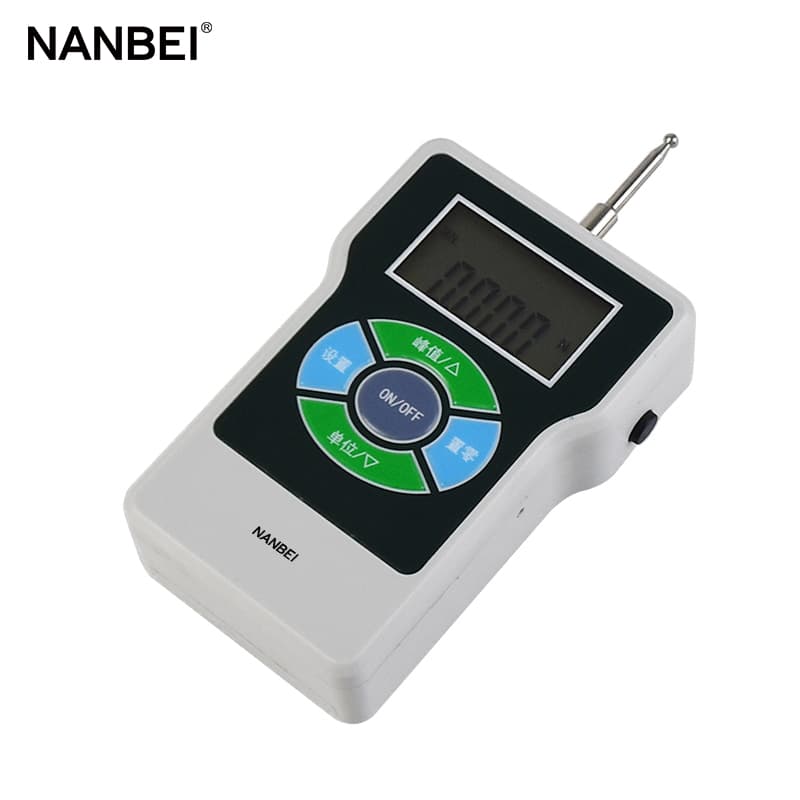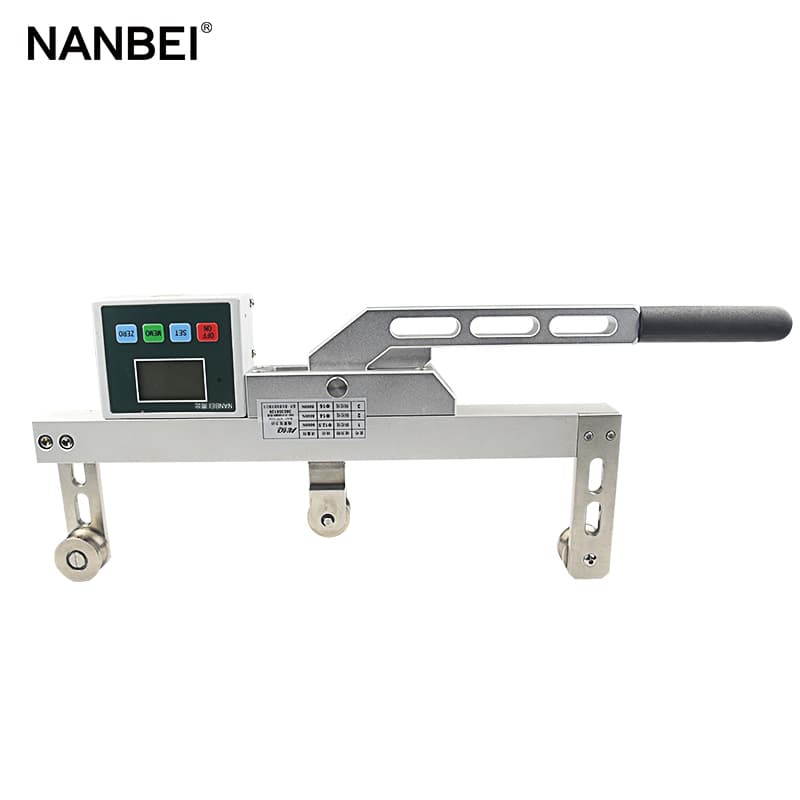-

 +8615890068607
+8615890068607
-
 nanbeiinstrument@nanbei-china.com
nanbeiinstrument@nanbei-china.com
 Mobile:+86 15890068607
Mobile:+86 15890068607
Tension meter refers to an instrument that measures the tightness of wires and strips, such as yarn, steel wire, copper wire, cable, steel cable, film, binding materials, aluminum foil and other materials under static or dynamic conditions. It can provide accurate and quantitative tightness parameters for the production to ensure that the tension remains stable or reaches the required value during the production process.

Tensiometers, like all other instruments, have certain errors and measuring ranges even if the instrument is highly accurate. Usually the actual maximum tension used is 80% of the tensiometer's range. The reason is that tension meter calibration usually uses a 2-point accuracy method. The first point is 0 point, and the second point is 80% of the measuring range. Therefore, theoretically speaking, the two most accurate points for tensiometer measurement are 0 point and the calibration point.

Since lab tensiometer adopts a 2-point linear calibration method and the working principle of the tensiometer is to measure the resultant force (pressure on the measuring point) and convert the component force (material tension) through the parallelogram rule. In this way, if the calibrated diameter of the tensiometer is different from the diameter of the material during actual measurement, there will be an error in the measurement value theoretically. Moreover, the greater the difference between the diameter of the material being measured and the calibrated diameter, the greater the measurement error. Therefore, when selecting a tensiometer, try to make the diameter of the material being measured the same as or close to the calibrated diameter of the tensiometer.
Previous: No Information